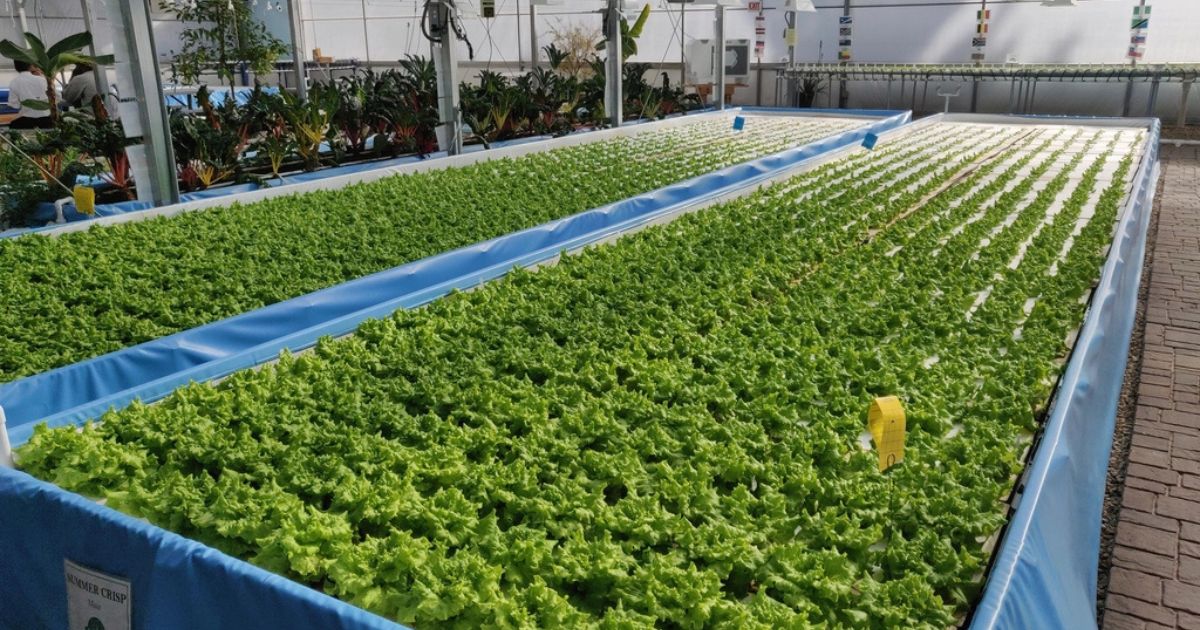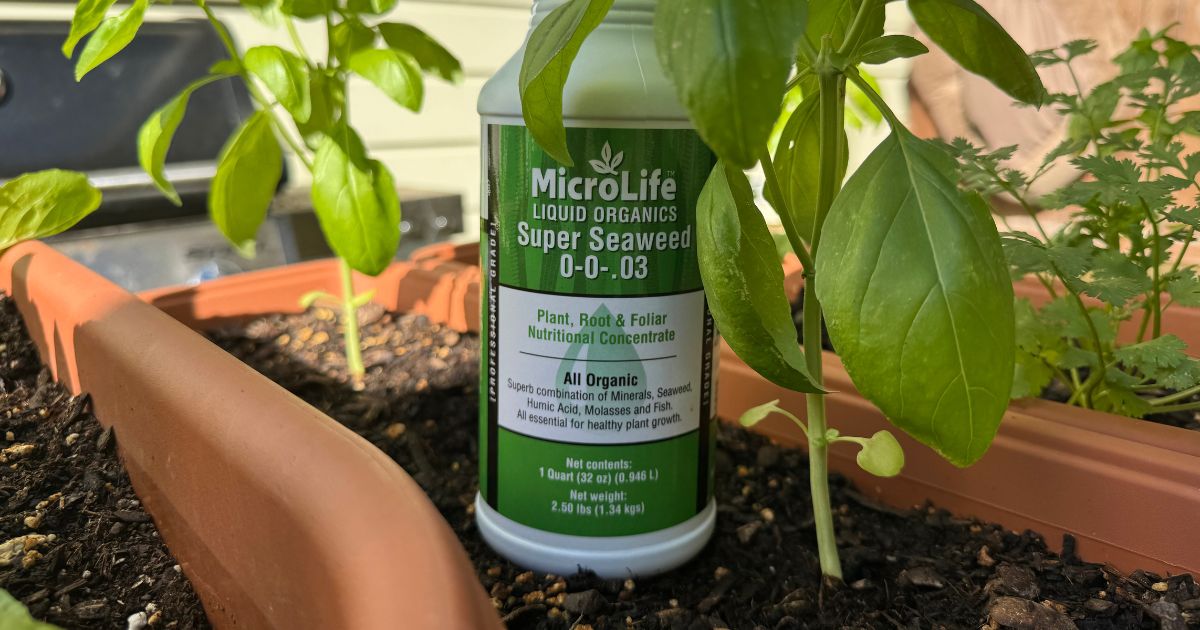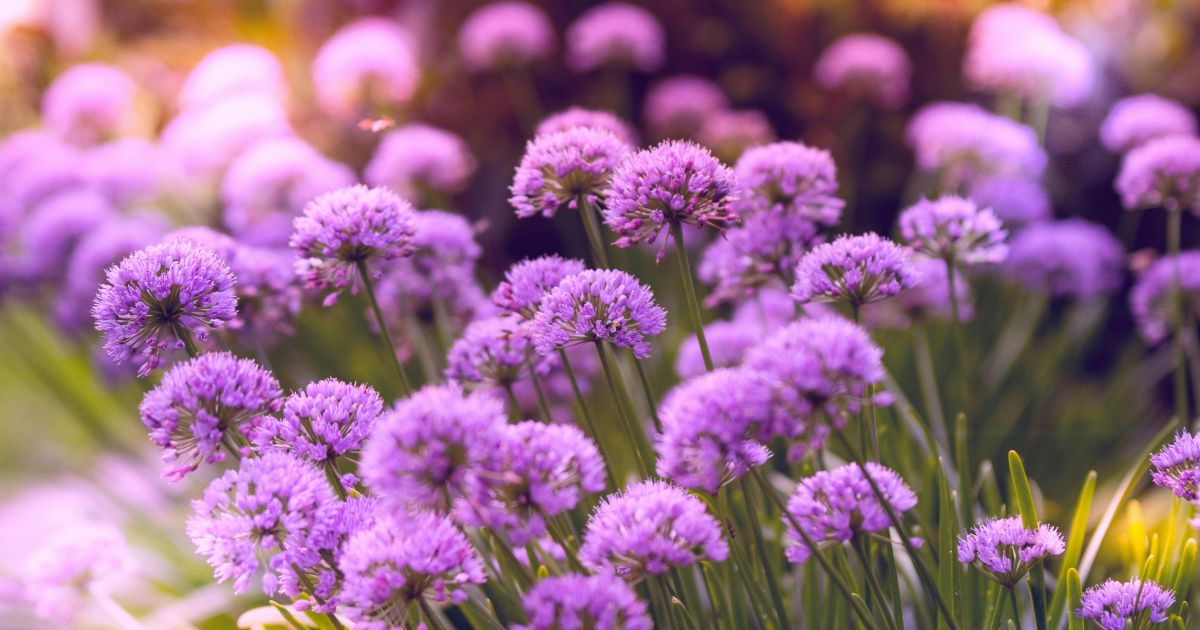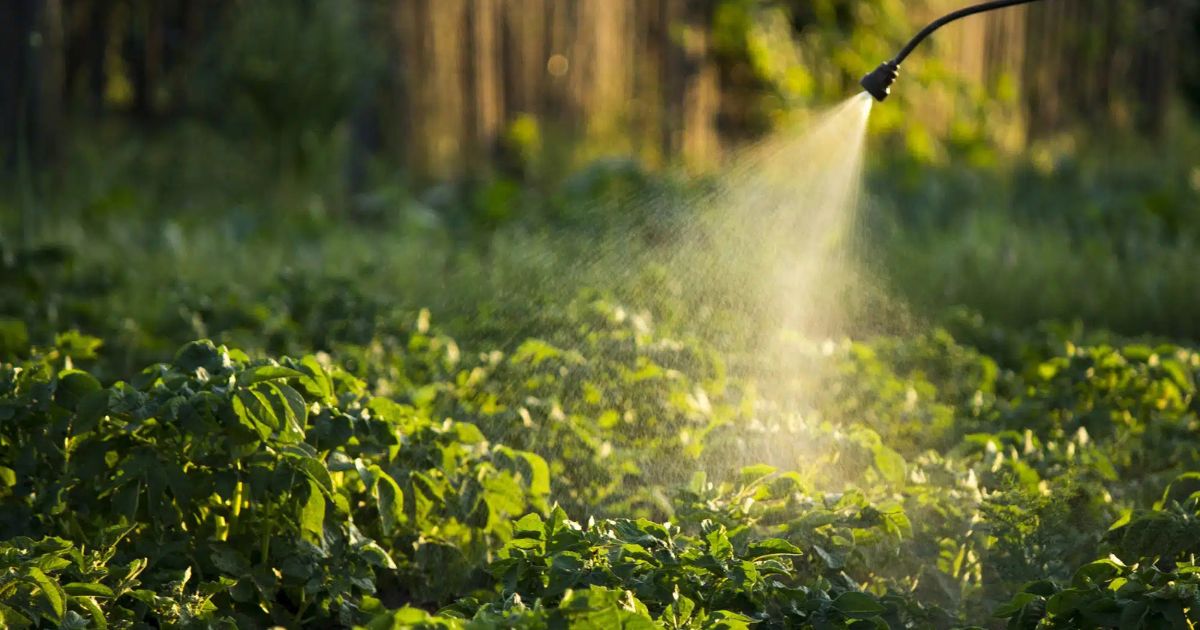
Hydroponics vs. Aquaponics: Which System Is Right for You?
Gardening enthusiasts and sustainability advocates often face a common question: hydroponics or aquaponics? Both systems offer soil-free, efficient ways to grow plants, but they have unique setups, requirements, and benefits. In this article, we’ll dive deep into hydroponics and aquaponics, compare their pros and cons, and help you decide which system best fits your needs.
What Is Hydroponics?
Hydroponics is a method of growing plants in nutrient-rich water instead of soil. The system delivers essential nutrients directly to the plant roots, ensuring efficient growth. Common setups include nutrient film technique (NFT), deep water culture (DWC), and aeroponics.
Benefits of Hydroponics
- Faster Growth: Plants grow up to 30-50% faster than in soil due to optimized nutrient delivery.
- Space Efficiency: Perfect for urban or indoor gardening, requiring less space.
- Water Conservation: Uses up to 90% less water compared to traditional gardening.
- Controlled Environment: Reduces pest problems and allows year-round cultivation.
Challenges of Hydroponics
- Initial Costs: Setting up a hydroponic system can be expensive.
- Technical Knowledge: Requires understanding of pH levels, nutrient solutions, and system maintenance.
- No Natural Ecosystem: Fully dependent on artificial nutrient supply.
What Is Aquaponics?
Aquaponics combines hydroponics with aquaculture (raising fish). In this symbiotic system, fish waste provides a natural source of nutrients for plants, while plants filter and clean the water for the fish.
Benefits of Aquaponics
- Sustainable Ecosystem: Uses natural processes, reducing reliance on artificial fertilizers.
- Dual Production: Produces both plants and fish, offering diverse harvests.
- Organic Growth: Encourages pesticide-free and chemical-free farming.
- Efficient Water Use: Recycles water within the system, minimizing waste.
Challenges of Aquaponics
- Complex Setup: Requires balancing the needs of both fish and plants.
- Higher Maintenance: Fish health, water quality, and plant growth must be monitored regularly.
- Limited Crop Options: Not all plants thrive in aquaponic systems (e.g., root vegetables can be challenging).
Key Differences Between Hydroponics and Aquaponics
| Aspect | Hydroponics | Aquaponics |
|---|---|---|
| Nutrient Source | Synthetic nutrient solutions | Fish waste (natural nutrients) |
| System Complexity | Relatively simple | More complex (fish and plants coexist) |
| Water Usage | High efficiency | Even more efficient due to recycling |
| Cost | Higher upfront costs | Higher initial costs plus fish care |
| Maintenance | Nutrient and pH adjustments | Balancing fish health and plant growth |
| Crop Diversity | Most plants can be grown | Limited to plants compatible with fish |
| Environmental Impact | Moderate (depends on nutrient source) | Low (organic, self-sustaining ecosystem) |
Which System Should You Choose?
Your choice between hydroponics and aquaponics depends on your goals, resources, and preferences. Here’s a breakdown to help you decide:
-
Choose Hydroponics If:
- You want a straightforward, efficient system.
- You prioritize fast plant growth.
- You lack the time or resources to care for fish.
-
Choose Aquaponics If:
- You’re passionate about sustainability and organic farming.
- You want to produce both plants and fish.
- You’re willing to invest time in learning and managing a more complex system.
Conclusion
Both hydroponics and aquaponics offer innovative, sustainable ways to grow plants without soil. Hydroponics excels in simplicity and speed, while aquaponics provides a natural, eco-friendly approach with the bonus of fish production. By understanding the unique benefits and challenges of each system, you can make an informed decision and embark on a rewarding gardening journey.
Whether you’re a seasoned gardener or a curious beginner, both methods are fantastic ways to embrace modern, efficient growing techniques.



